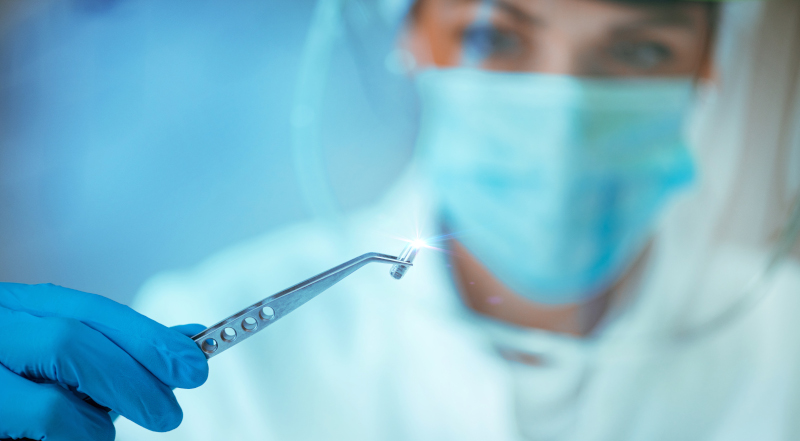Pacemakers have been around for almost 100 years. They’re essential in correcting what’s called “heart block,” which simply put means that the electrical signal that tells your heart to beat isn’t reaching the heart. A pacemaker uses electrical impulses to tell your heart when to beat. But where does that impulse come from? A battery of course!
Seeing as pacemakers need to be surgically implanted, you may already see the problem. The devices must be removed and reinstalled every 5 to 15 years. Any surgery can be dangerous, especially those involving the heart. So what can be done about this problem?
Tel-Aviv University, along with a number of partners, is using nanotechnology to harvest energy inside the body to power medical devices. A thin film of high tech material converts the energy exerted by the body – such as to move around, or the movement of blood through the veins – and converts it into electrical energy, negating the need to replace batteries in medical devices.
While medical devices are the most obvious use now, nanotechnology can be used to harness energy for all kinds of uses. Thinking outside the box, roads outfitted with this technology could harness the kinetic energy of tires traveling over the road and use it to power street lamps. In addition, since the electricity is harnessed using motion or heat instead of burning fossil fuel, the energy produced is green and has a neutral carbon footprint. While this technology is in its infancy, it’s potential for powering the devices of the future is growing every day.

